Growing daikon radish from seed (The suitable time for planting daikon seeds is September)
How to grow daikon radish plant in rental patch. (Guide to daikon radish gardening.) Last time, we added fertilizer to the daikon radish plot and prepared the soil for daikon. About 5 days have passed since then. This time, we will sow daikon radish seeds. (We will sow the seeds for round shape daikon radish and cylindrical shape daikon radish.)
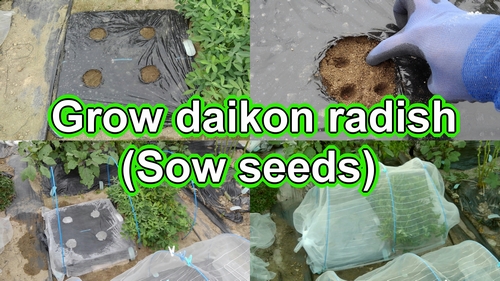
We will divide a 60cm × 60cm cultivation plot into two to grow round shape daikon radishes and cylindrical shape daikon radishes. In the end, we plan to harvest 2 plants each of round shape daikon and cylindrical shape daikon.
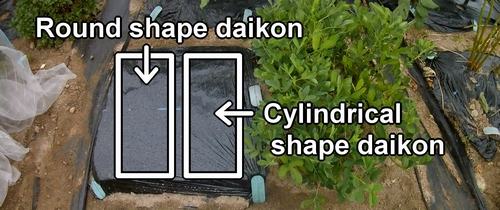
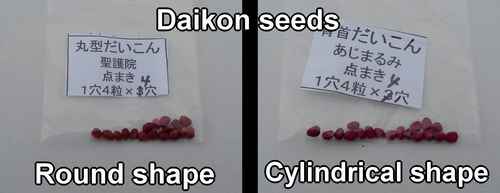
In cultivating daikon radish plants, soil preparation is crucial. We cultivate the soil thoroughly to prevent roots from forking.
How to sow daikon seeds (Growing daikon radish from seed)
Since we plan to harvest two each of round shape daikon and cylindrical shape daikon, we will make four holes in a plot of about 60cm × 60cm (2 feet x 2 feet). How far apart to plant daikon seeds? The spacing between daikon plants is about 30cm (1 foot).
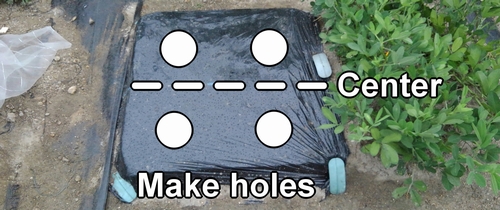
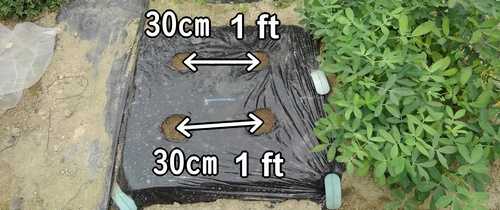
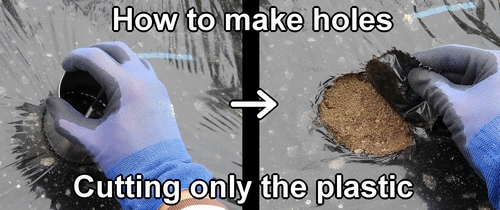
Sow 4 daikon seeds in each hole. The planting depth is approximately 1cm (0.4 in). This seeding method is called “seeding in hill". We’ll space the seeds 4 to 5cm (1.6 to 2 in) apart.
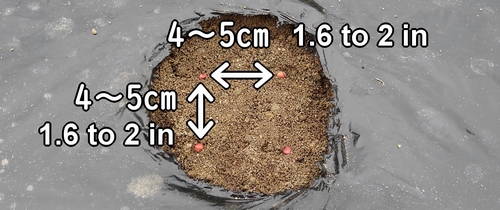
For both round shape daikon radish and cylindrical shape daikon radish, sow the seeds to a depth of about 1cm (0.4 inches). After placing the seeds on the soil, pressing them down to about the first joint of your finger should make them about 1cm (0.4 inches) deep.
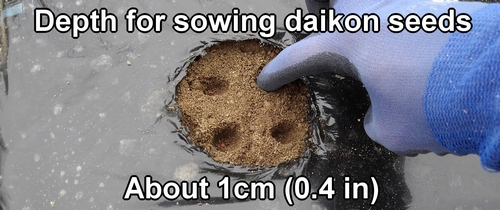
Cover the daikon seeds with soil, press down with your hand, and then put on a non-woven fabric. It’s best to press down firmly. Pressing firmly ensures that the seeds and soil adhere closely, allowing moisture to penetrate and making it easier for them to germinate.
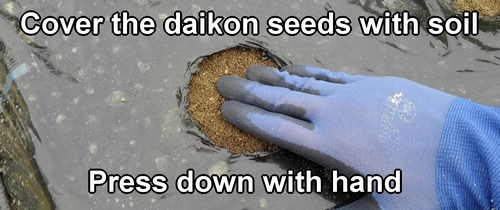
Covering with non-woven fabric after sowing is to protect the daikon seeds. By placing a non-woven fabric, you can prevent the seeds from drying out, and it also shields them from direct contact with watering or rainwater, protecting the seeds. (When the daikon seeds germinate and grow to a certain extent, remove the non-woven fabric.)
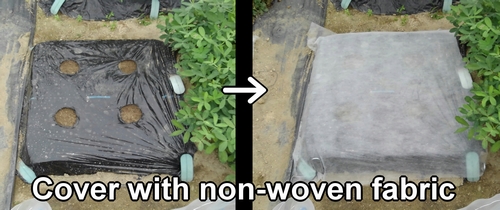
After covering the daikon bed with non-woven fabric, water them until the soil is adequately moist. Be careful not to overwater, as it can cause the round shape daikon radish and cylindrical shape daikon radish to rot.
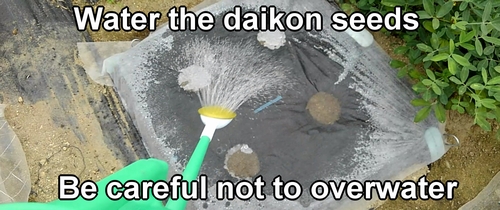
Pest control for daikon radishes (Methods to repel pests from daikon radish plant)
After watering, create a tunnel and install insect netting to prevent pest intrusion. Vegetables from the Brassicaceae family like cabbage and chinese cabbage are prone to pests, so it’s reassuring to set up a net at the same time as planting the seeds.
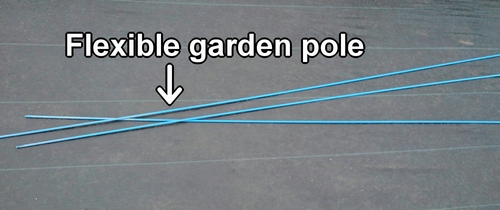
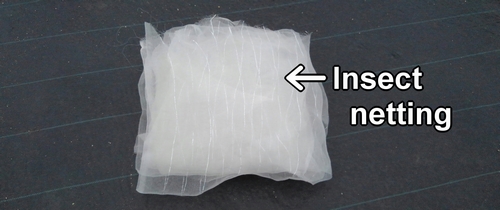
Insert the flexible poles diagonally toward the inside of the bed and set up 3 of them at equal intervals.
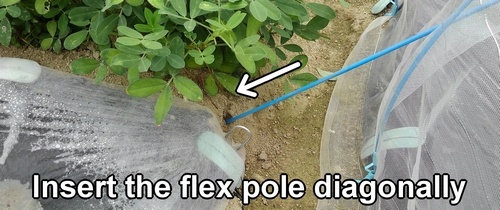
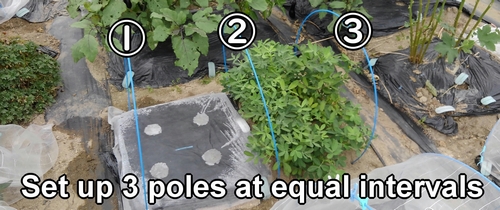
Cover the net over the poles. The edge of the insect netting is tied with knot, and U-shaped garden pin is hooked onto this knot. The garden pin is then inserted into the ground to secure it. Please be careful not to insert the pin directly into the insect netting as it may cause holes.
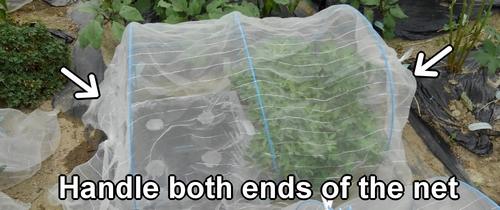
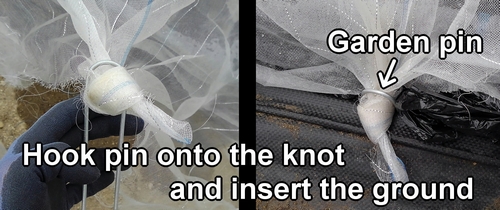
The insect netting on the side of the flexible poles is secured with a tunnel clips. The tunnel clips are fitted onto the flexible poles, sandwiching the insect netting in between. The tunnel clip is used with the projection part facing downwards. (Embed the projection part slightly into the ground.)
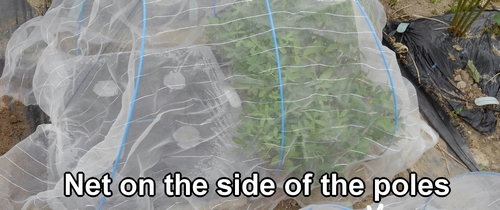
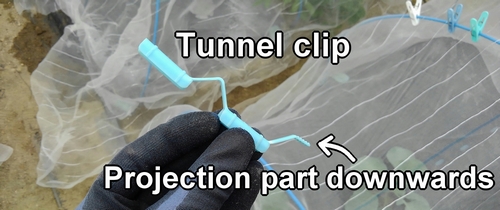
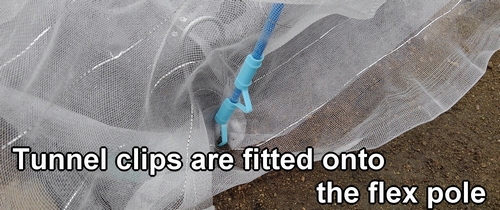
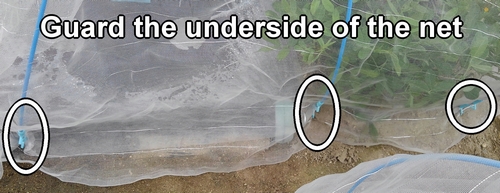
Tie and gather any excess of the insect netting.
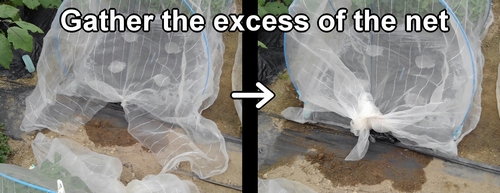
Secure the insect netting with clothespins. With this, the sowing of daikon radish seeds is complete. (The seeding of round shape daikon and cylindrical shape daikon is complete.)
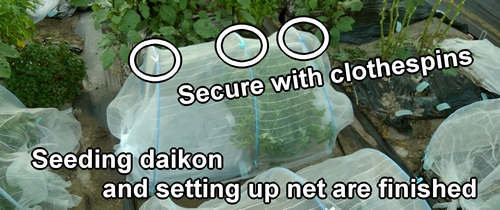
Following is the video for how-to. English subtitles are available.
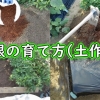
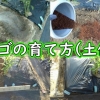

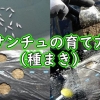
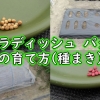
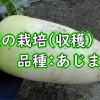
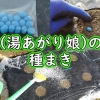


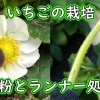
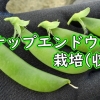
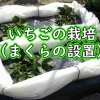
Discussion
New Comments
No comments yet. Be the first one!